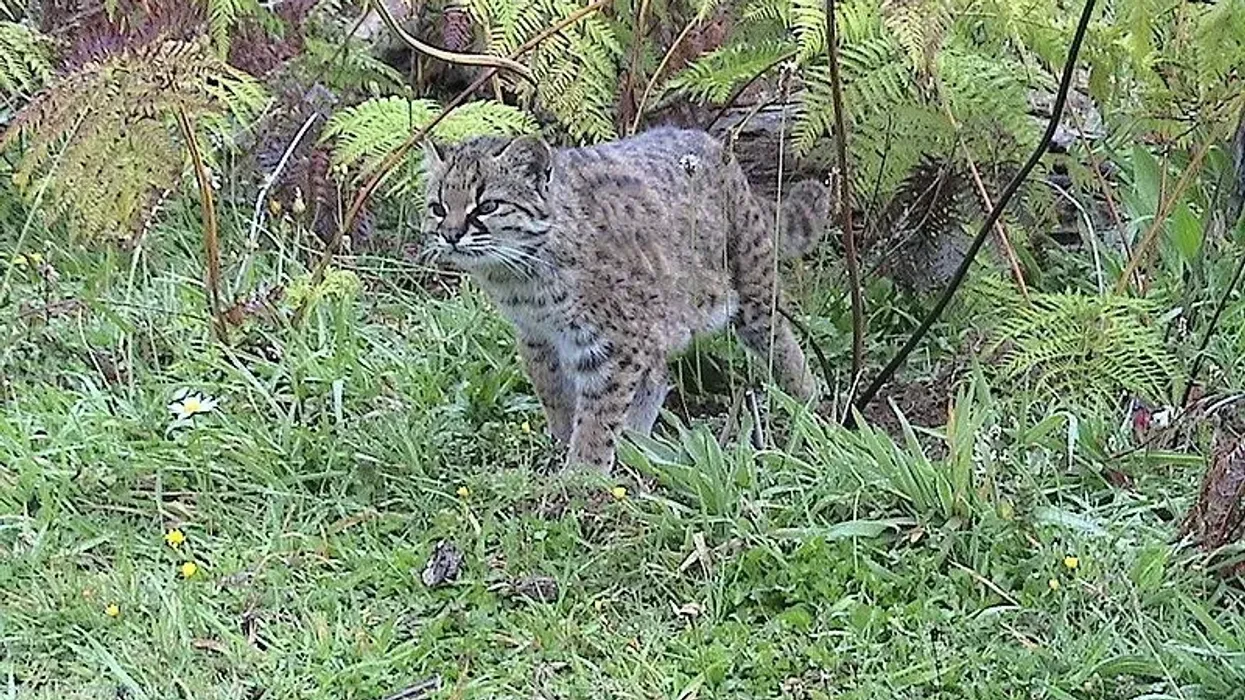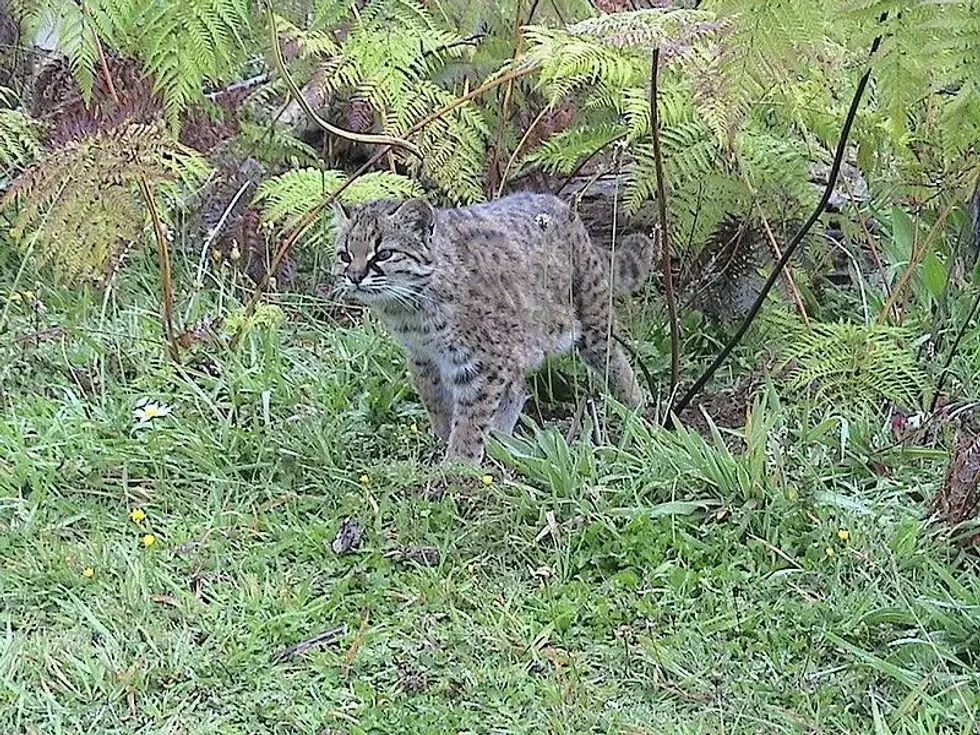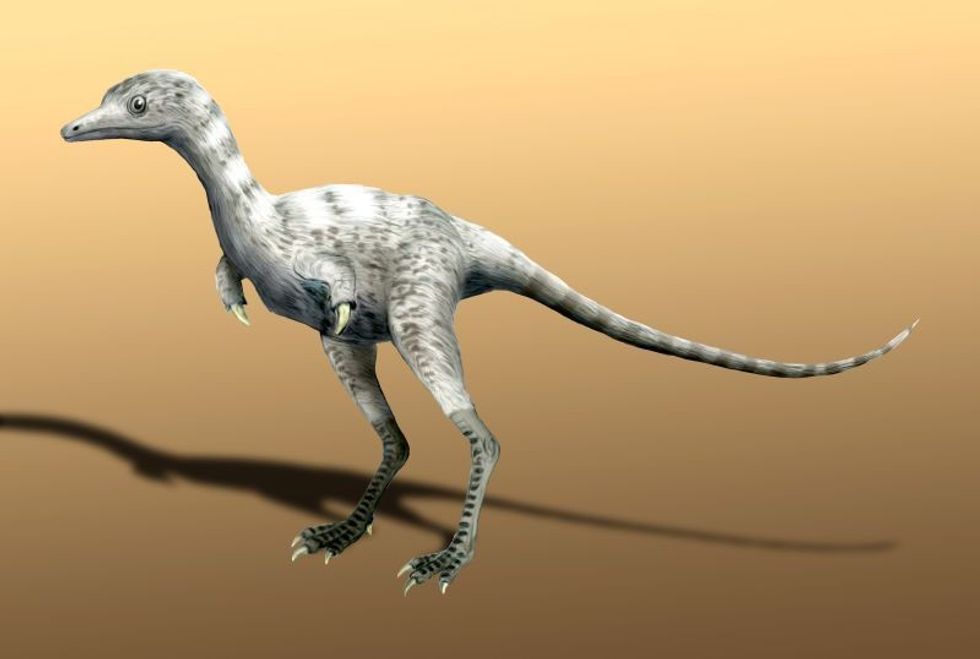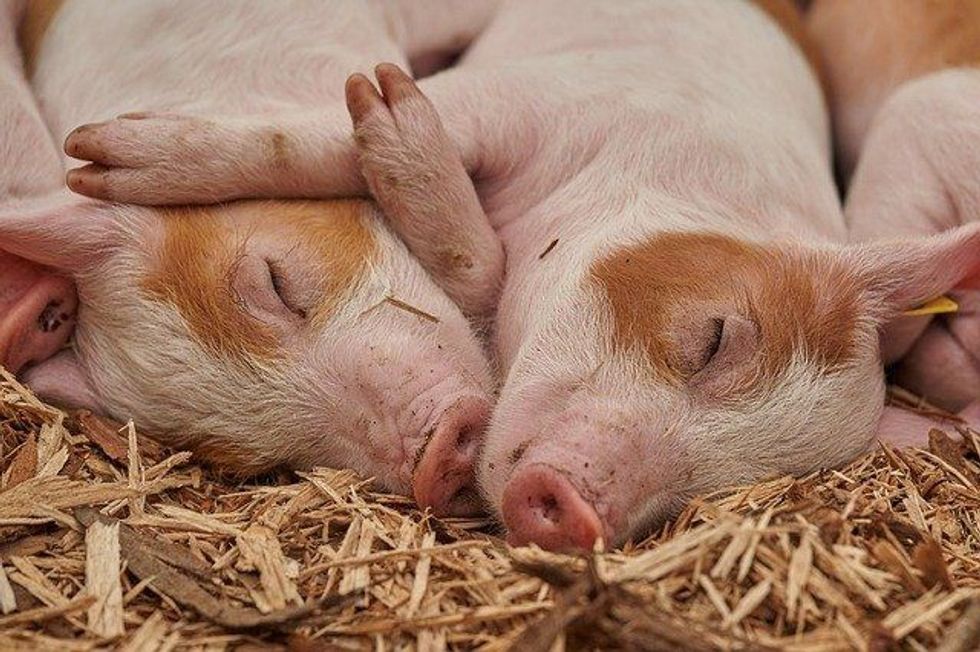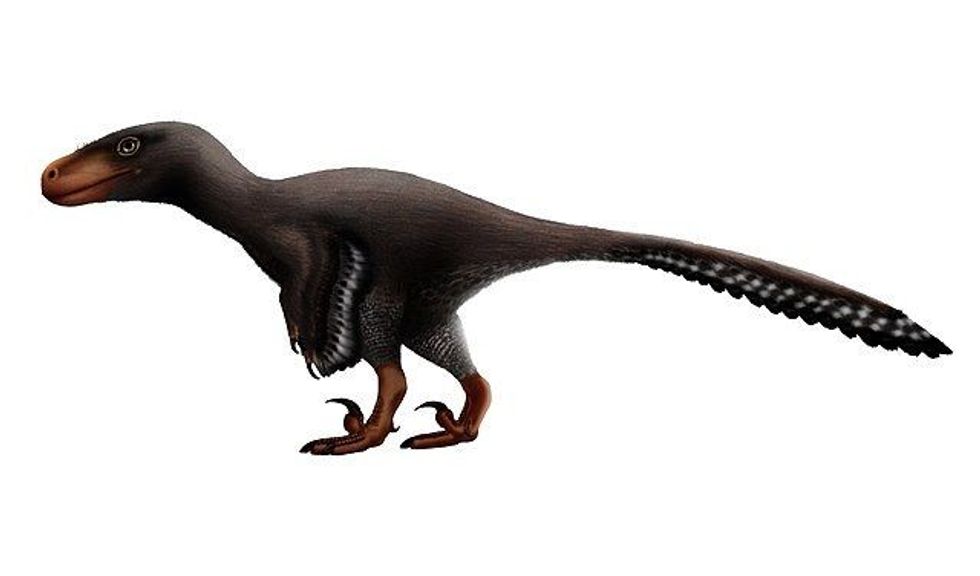The kodkod, Leopardus guigna, is a new world cat species and the smallest feline animal in the Americas, which belongs to the genus Leopardus. It is comparatively similar in appearance to Geoffroy's cat which is named after the French zoologist Etienne Geoffroy Saint Hillaire.
In Argentina, both cats share the same distribution area. The genus Leopardus has subgenus Oncifelis guign, which consists of two subspecies.
Also, known as the Chilean cat, the kodkod lives in a limited range, amongst the wilderness of South America, particularly in the central and southern parts of Chile. It prefers to live in the eucalyptus plantations in the rain forests.
The kodkod cat size is similar to a house cat and along with the oncilla, it is one of the smallest cats in the southern hemisphere. The kodkod is mostly active during the day but also at night, particularly in areas of humans.
Both adults generally look the same. The coat color ranges from reddish-gray to dusky brown with several black spots on the various parts of the body.
The tail has dark rings. The Oncifelis guigna is known to climb effortlessly with its short legs and comparatively large footpads with black soles. It climbs trees to find home, prey, and safety from predators.
The clutch or litter size of these cats is one to three smaller kittens. Their distribution can be found greatly in Southern Chile, Chiloé Island, and other smaller islands too.
To know more about wild cat species, you can also check out Puma facts and Jaguar facts.
Kodkod Interesting Facts
What type of animal is a kodkod?
The kodkod, Leopardus guigna, is a type of wildcat species.
What class of animal does a kodkod belong to?
The kodkod belongs to the class Mammalia of the phylum Chordata.
How many kodkods are there in the world?
The population of kodkods is between 5,980-92,092 individuals living around the world.
Where does a kodkod live?
The kodkod's area of distribution is diminutive relative to the other species of South American cats. Its habitat ranges from central and southern Chile to the adjacent areas of Argentina including the Guaitecas Archipelago and the Chiloé Island.
However, the population size is small in Chile than in Argentina's Patagonian Mountain Forest. It might be due to the existence of a moderately bigger Geoffroy's cat (Leopardus geoffroyi) in the same region. The home range of Leopardus guigna species is approximately 270 hectares.
What is a kodkod's habitat?
The kodkod cat is very adaptable and can survive in various forest habitats. It prefers mixed temperate rainforests of coastal ranges, specifically of Araucaria and Valdivian forests of Chile.
It is found in evergreen temperate rainforest, coniferous forest, and Sclerophyllous scrub biomes. In the southern range, kodkod mostly survives in the deciduous temperate moist forest.
It can survive in both primary and secondary forests, as well as the border of cultivated areas. These forest habitats consist of vegetation like lianas, epiphytes, bamboo, and dense canopy layers.
In central Chile, the maximum proportion of the indigenous forest has been substituted by various plantations, such as eucalyptus plantations. The cat ranges up to the tree zone at nearly 6,200 ft (1,900 m).
Who do kodkods live with?
The kodkods are solitary carnivores.
How long does a kodkod live?
The lifespan of the kodkod, Geoffroy's cat, or Chilean cat is nearly 11 years in captivity.
How do they reproduce?
Little is known about the mating systems of kodkods due to their rarity on earth. Both males and females become adults at an age of nearly 24 months.
These are polygynous animals as the range of males is larger, whereas females occupy smaller areas. It suggests that males have to move broadly searching for their mates.
The mating season is not known. However, the gestation period is from 72-78 days and the litter sizes of these mammals range between one and four kittens. It seems that females raise their kittens on their own like other cat species.
There is minimal information regarding mating behavior and lactation period. The females may invest a considerable amount of effort in teaching the kittens to hunt so that they become independent.
What is their conservation status?
According to the IUCN, the conservation status of the kodkod (Leopardus guigna) has been listed as Vulnerable, since their population trend has been continuously dropping worldwide. There are 5,980 -92,092 mature kodkods in the world.
The estimation of these numbers is according to the geographical groups or areas.
For instance, there are 1,600-24,640 mature individuals in the northern group, 1,000-15,400 in Argentina, 1,800-27,720 in the Lake District region, 1,000-15,400 in the central group, 180-2,772 in Chile Island, and 400-6,160 in the Laguna San Rafael group. However, they are rare and endangered due to habitat destruction and overhunting.
Kodkod Fun Facts
What do kodkods look like?
The kodkods are the smallest species of cats in the Western Hemisphere. In general, a kodkod cat is almost equal to the size of Felis catus. The guigna cats have a chubby body with a small head, a thick ringed tail, and black ears.
The tail mostly helps in maintaining balance. The short feet and sharp claws help them to climb trees.
The fur color is yellowish-brown or gray-brown. All guigna have dark spots on their shoulders and neck and a row of dotted streaks. They also have white spots on the ears.
The most common type is Melanistic kodkods with black-spotted fur. Although, many black kodkod cats also live in the wild. Kodkod creatures are generally compared to Geoffroy's cat which looks similar to them.
However, Geoffroy's cat is slightly smaller than guigna. There are two subspecies of kodkods of subgenus Oncifelis guigna that differ in size and colors.
The first one is Leopardus guigna tigrillo which thrives in the Patagonia region. It has a duller coat color and that too without dot marking on their feet. The second is Leopardus guigna guigna of middle Chile which consists of a shorter body, brilliant colors, and dot marking on the feet.

How cute are they?
Both adult kodkods and kodkod kittens of America are considered as adorable as a house cat, though they have a more secretive nature than the home cats. However, they are predatory in nature and even though they may appear cute, they are dangerous to get close to.
How do they communicate?
Like most wild cat species, they have outstanding senses of smell, sight, and hearing. Apart from these, they may also use body chemicals to communicate along with body posture, vocalizations, and tactile cues.
How big is a kodkod?
The head to body length of the smallest cat is 15-20 in (38.1-50.8 cm) with a tail length of 7.9-9.8 in (20-24.8 cm) and 9.8 in (24.8 cm) shoulder weight. The kodkod size is 10 times smaller than the African golden cat.
How fast can a kodkod run?
Not much information is available regarding their running speed. However, they are known to climb trees effortlessly with their short legs and comparatively large footpads with black soles. They also have the ability to swim when catching fish for their meal, but they cannot stay for long underwater.
How much does a kodkod weigh?
The weight of the Chilean cat is approximately 4.4 lb -5.5 lb (2-2.5 kg).
What are the male and female names of the species?
There are no specific names of male and female kodkod, individually.
What would you call a baby kodkod?
A baby kodkod is known as a kodkod kitten.
What do they eat?
Leopardus guigna, also known as guigna, is the smallest wild cat that belongs to the order Carnivora. Various prey items of these wild cats include birds, lizards, large insects, small reptiles, and rodents.
Specifically, they feed on austral thrush, chicken, domestic geese, and other hoofed animals. Additionally, they also hunt on poultry animals, which sometimes initiates conflict between the cats and humans.
Are they dangerous?
They are secretive animals and mostly live in the wild. Unfortunately, in some parts of the world, people consider them harmful mammals due to their predation on livestock.
Would they make a good pet?
As these cat species are dangerous and predatory in nature, it is unsafe to raise them as pets. A kodkod pet is quite unusual unless they are kept and raised in zoos. Otherwise, they are not raised at home.
Did you know...
The kodkod is an Araucanian Indian name although 'guigna' is often used to describe kodkod in Chile and Argentina.
While raiding chicken coops on Chiloé island, two out of five kodkods were killed from 1997-1998.
Their secretive nature with great hunting abilities and the fact that they are active both at night and day makes them special from other species of leopards.
Why is the kodkod cat endangered?
According to the IUCN, the kodkod cat or guigna is a Vulnerable species rather than endangered. The biggest threat to this cat is in central Chile due to the loss of forest habitat.
They are also threatened by the fact that people hunt them. In addition to that, human sentiments towards these animals are generally negative. Some regions have introduced protection laws for this cat species.
What is so special about the kodkod?
One adaptation of guigna is their climbing technique. They are outstanding climbers. However, they do not hunt on trees, but rather, hide in them and suddenly jump on the prey when it comes within their range. Another adaptation is their pale color with spot markings that help them camouflage against the vegetation.
Here at Kidadl, we have carefully created lots of interesting family-friendly animal facts for everyone to discover! Learn more about some other mammals from our Abyssinian cat facts and lynx facts pages.
You can even occupy yourself at home by coloring in one of our free printable Kodkod coloring pages.

